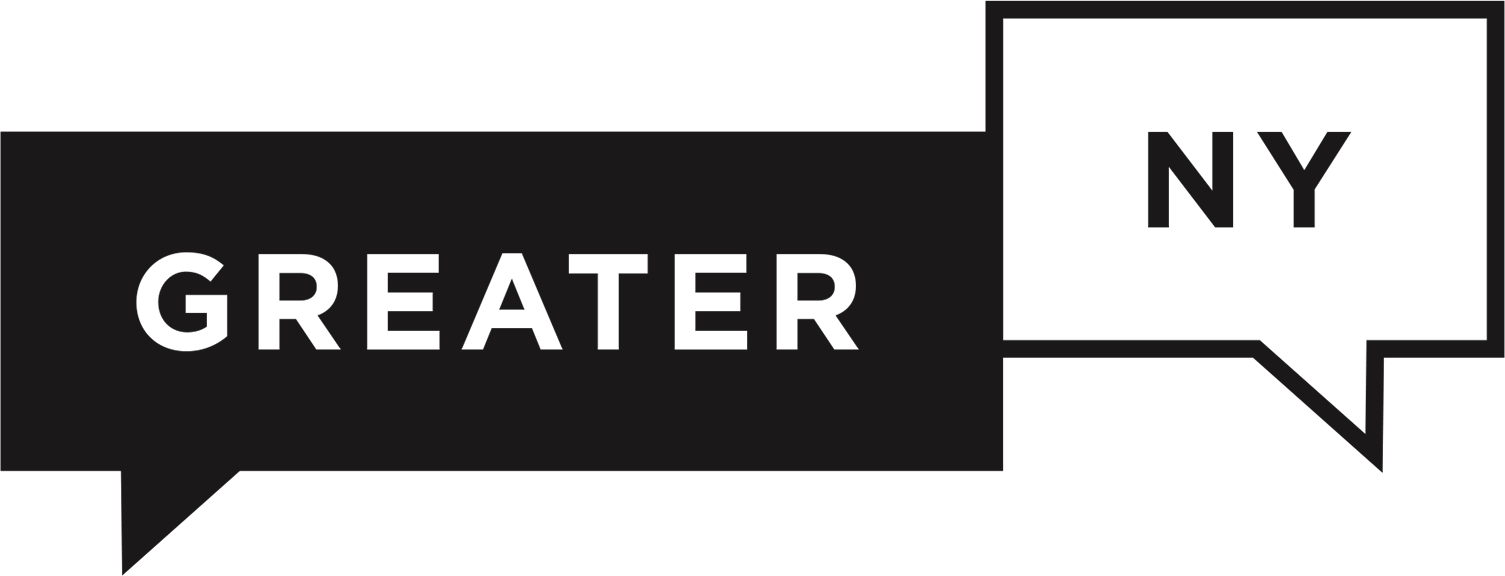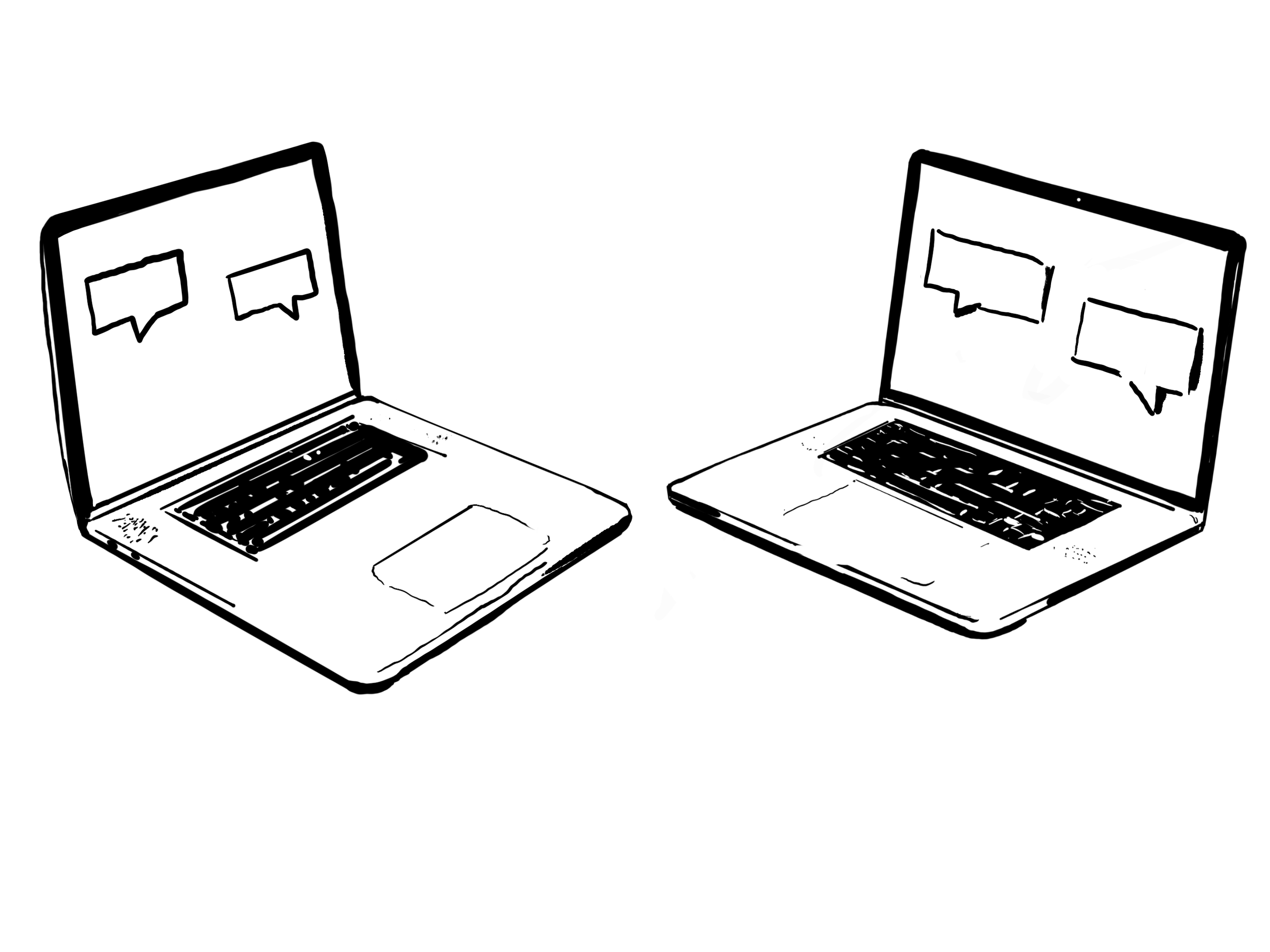Greater NY – Snapshot March 2020 – COVID 19
New York City’s nonprofit sector is the critical safety net and guardian of the social fabric for all the city’s residents. In the first two weeks of COVID-19, Greater NY nonprofit leaders gave us a snapshot of their work on the front lines and their critical concerns and needs. Thank you to all the leaders who took the time to let us know what their work looks like in this moment of crisis.
By the end of the first week of the crisis:
Nonprofits had become front line emergency service providers.
Cultural organizations and community service organizations had closed their doors.
The #1 need was for leadership and clarity from government.
Philanthropy was activating.
NYC COVID-19 Response and Impact Fund launched – $75M in grants and loans launched by major philanthropies and administered by New York Community Trust and Nonprofit Finance Fund.
Greater NY partner Brooklyn Community Services launched the Brooklyn COVID-19 Response Fund.
Larger foundations moving towards trust-based and transforming grants from project to general operating. “This is a good and big deal.”
Large Human Service Nonprofits
Large government-contracted human service organizations in Greater NY, 45% of our community, are now essential services that are open and have become the primary responders in communities that are poor, isolated and with multiple health risks. These organizations — budget size $8M to $200M — include homeless services, child, family and foster care providers, domestic violence services, workforce, affordable housing, community development and legal services. Organizations are between 50-98% funded by government contracts.
The #1 problem is the lack of clarity from government and philanthropy about what support they can expect as they work through the crisis.
Key needs for these organizations in this moment are:
Preserving staff to meet critical and escalating needs: Keep people on payroll and redeploy them to needed services and emergency work. Payment for overtime and “hazard pay” for staff working in conditions and with populations that are extremely vulnerable to infection.
Flexibility on contract obligations where traditional services cannot be delivered as a result of COVID-19 and need to move online: This includes but is not limited to: home visits for senior services, foster care and medical care, meeting housing requirements for occupancy levels, minimum staffing levels, case management, and workforce development contracts that currently cannot be delivered online.
Clarity on additional services: Nonprofits are being asked to staff Regional Enrichment Centers — 79 school buildings for the children of first responders, transit workers and healthcare workers.
Cash flow: Nonprofits need no-interest loans to cover expenses, including but not limited to: emergency cleaning supplies, food, security (so clients do not leave facilities and shelters during quarantine), lost portions of tenant rents for affordable and subsidized housing, emergency repairs and disinfecting. Large government-funded organizations are pressing government to ease their cash position — suspend all recoupment of advances on contracts, suspend all pre-audit of invoices, suspend all audits, and register all pending contracts and amendments.
Help with emerging and critical IT needs: We need funding for IT equipment, IT consultants and increased cleaning costs. “We are not built for remote work.”
“This has the potential to collapse the
entire nonprofit sector if government
doesn’t step up immediately.”
Community-Based and Settlement Houses
Community-based organizations with budgets from $3M to $50M, 15% of Greater NY, have closed their facilities but are providing an anchor and resource for immediate communities – accurate information, food and medical supplies, checking in with the elderly. In the short term, organizations are working remotely. Mid term, they are deeply concerned about financial capacity and facing tough decisions on retrenchment plans, potential layoffs, program and site closures. Long term, leaders are concerned about maintaining order around the city.
Key needs for these organizations in this moment are:
Clarity on whether online programming will be supported by government.
Flexibility in foundations to make program grants into general operating grants.
Information for scenario planning — what foundation and individual giving will look like over the next two fiscal years — drop-off of 30%? 50%? More?
Arts and Culture and Parks
Arts, culture and public space organizations comprise 20% of the Greater NY community.
Museums – closed.
Loss of earned income – 25-30% of annual revenues — admission fees, retail, space rentals.
Loss from spring fundraising events, need to rethink all appeals and how to fund-raise in crisis.
Deep concern about staff, layoffs, loss of income, impact on artist community.
Limbo and lack of clarity about operational capacity and sustainability – short and long term.
Parks — open and use is surging.
Pleased to be able to provide oasis, but limited and dwindling resources to handle activity, attention and buildup of trash.
Loss of earned income – 50% revenue is rentals, ice skating.
Fundraising in crisis.
Small Arts Organizations —
Cancelled Spring fundraising events.
Working to move programming online.
Working to support artists in their community.
“The consequences of this pandemic will be
very dramatic, and long lived.”
Healthcare
Greater NY’s community includes a few exclusively healthcare-based organizations, 8% of the total community. Healthcare organizations in Greater NY are on the front lines of this crisis:
Remaining open for all medical services possible: medical visits, COVID 19 testing, HIV testing and care, family planning, legal services, mental health, doctors on call overnight.
Additional and constant deep cleaning required.
Critical need for protective and medical supplies.
“The toughest part, in addition to knowing that a good portion of our staff will become ill, is trying to decide what is best without having a
federal or statewide or even local plan
for healthcare system response.”
Education
Greater NY’s community includes a few charter school network organizations, 8% of overall Greater NY nonprofits. These organizations report:
Steep learning curve to distant learning.
Working in conjunction with other charter organizations along with the NYC Charter Center, the NY Charter Schools Association and SUNY, and being in touch with the NYC DOE.
Resilience of teachers and students in the first week will need to be sustained over the indefinite period ahead.
Philanthropy
Greater NY has three foundations in its network, comprising 4% of its overall community.
Brooklyn Community Services launched the Brooklyn COVID-19 Response Fund.
ioby is launching match fund to support projects that provide a public benefit or service that helps communities respond and recover.

